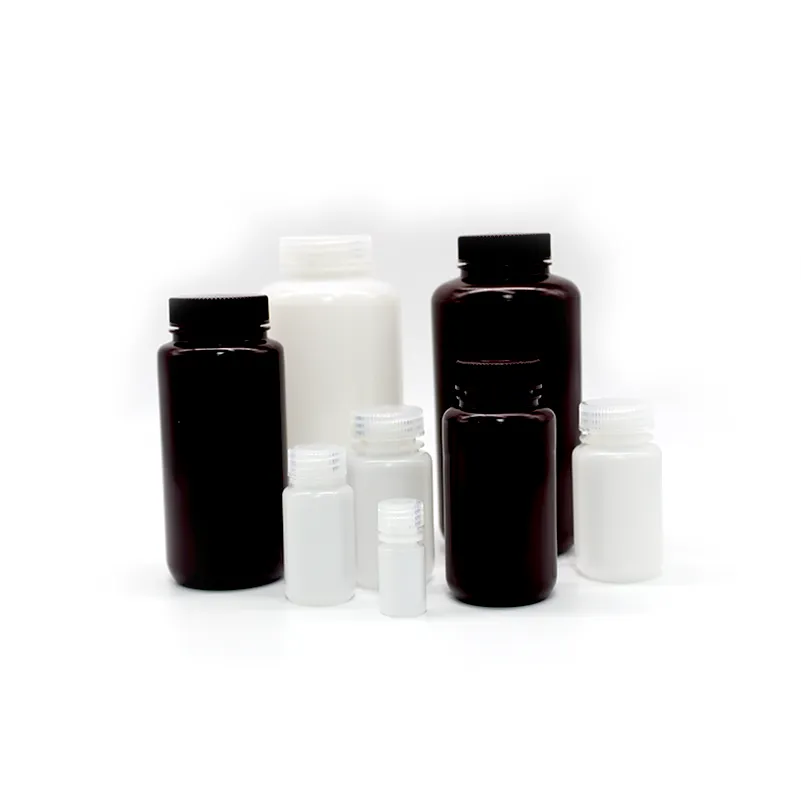https://www.wahmg.com/)">
Innovative Solutions for Sustainable Use of Plastic Centrifuge Tubes in Laboratories
Innovative Solutions for Sustainable Use of Plastic Centrifuge Tubes in Laboratories
The Importance of Plastic Centrifuge Tubes in Modern Laboratories
Plastic centrifuge tubes have become indispensable tools in laboratories across the world. Their versatility, safety, and convenience make them ideal for a wide range of applications in various scientific fields, including biology, chemistry, and medical research. With the growing demand for efficient and reliable laboratory equipment, the evolution and characteristics of plastic centrifuge tubes are worth exploring.
Evolution of Centrifuge Tubes
Centrifuge tubes have evolved significantly since their inception. Traditionally made from glass, these tubes have been gradually replaced by plastic alternatives due to a myriad of advantages. Plastic tubes are lighter, more durable, and less prone to breakage compared to their glass counterparts. This transition began in earnest in the latter half of the 20th century as the need for safer and more robust laboratory tools became apparent.
Types of Plastic Centrifuge Tubes
Plastic centrifuge tubes come in various types, each suited for specific applications. Common materials used in their manufacturing include polypropylene and polystyrene. Polypropylene tubes are especially popular due to their high chemical resistance and ability to withstand high centrifugal forces. They are typically used in applications requiring sterilization and can endure temperatures ranging from -80°C to 121°C. On the other hand, polystyrene tubes are often used for assays and sample storage because they can be manufactured in transparent forms, allowing for easy visual inspection of the contents.
Centrifuge tubes can also be categorized based on their size and volume capacity. Typical volumes range from 1.5 mL to 50 mL, but larger sizes are available for specific high-capacity applications. The choice of tube size is often determined by the sample volume and the type of centrifugation required.
Benefits of Plastic Centrifuge Tubes
One of the major benefits of plastic centrifuge tubes is their lightweight nature. This makes them easier to handle, especially when working with multiple samples. Additionally, their non-reactive properties ensure that the integrity of the sample is maintained, which is crucial for accurate results.
plastic centrifuge tubes

Safety is another critical advantage. Unlike glass tubes, plastic centrifuge tubes do not shatter upon impact, reducing the risk of injury and contamination in the laboratory. This aspect is particularly essential in research settings where hazardous materials are handled.
Moreover, plastic centrifuge tubes are often provided with screw caps or snap-on lids that create a tight seal, preventing leaks and evaporation. This feature not only preserves sample integrity but also minimizes the risk of contamination from external sources.
Environmental Considerations
As with many plastic products, the environmental impact of plastic centrifuge tubes has come under scrutiny. Manufacturers are increasingly aware of the need for sustainable practices and are developing biopolymers and recyclable options to mitigate environmental concerns. Researchers and labs are encouraged to implement responsible disposal methods and consider reusable alternatives where feasible.
Application in Research and Industry
Plastic centrifuge tubes are utilized in various scientific fields, including molecular biology, clinical diagnostics, and environmental testing. In molecular biology, they are commonly used for DNA and RNA extraction, sample preparation, and storage. In clinical settings, their use for blood sample collection and analysis is widespread, facilitating essential diagnostic tests.
The pharmaceutical industry also relies heavily on plastic centrifuge tubes during drug formulation and testing processes. Their ability to withstand various solvents and chemicals makes them ideal for high-throughput screening and other analytical procedures.
Conclusion
In conclusion, plastic centrifuge tubes are a vital tool in modern laboratories, providing a combination of safety, efficiency, and versatility. As scientific advancements continue to progress, the demand for high-quality, innovative laboratory equipment will only grow. Plastic centrifuge tubes will remain at the forefront of this evolution, bridging the gap between tradition and innovation while contributing to the success of laboratory research across numerous disciplines. Their ongoing development and adoption in sustainable practices will help ensure that they remain relevant in the future, balancing scientific needs with environmental responsibility.
-
Wholesale Plastic Juice Bottles with Caps 16 oz Options Available Bulk Packaging SolutionsNewsJun.10,2025
-
Laboratory Apparatus Reagent Bottle – Durable & Chemical Resistant Bottles for Safe StorageNewsJun.10,2025
-
Squeezable Dropper Bottles Durable, Leak-Proof & CustomizableNewsMay.30,2025
-
Affordable Plastic Petri Plates Sterile & Disposable Lab-GradeNewsMay.30,2025
-
Eye Dropper Caps Precision 24/410 & Plastic Bottle-Compatible TipsNewsMay.30,2025
-
Affordable Mini Spray Bottle Price & Wholesale Deals Shop NowNewsMay.29,2025





















